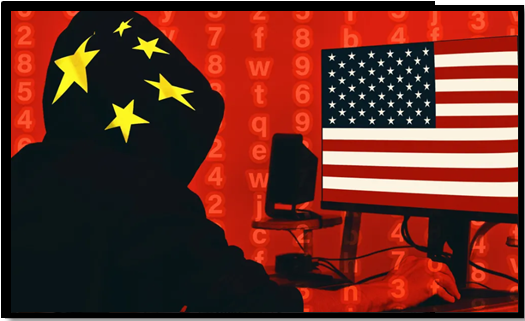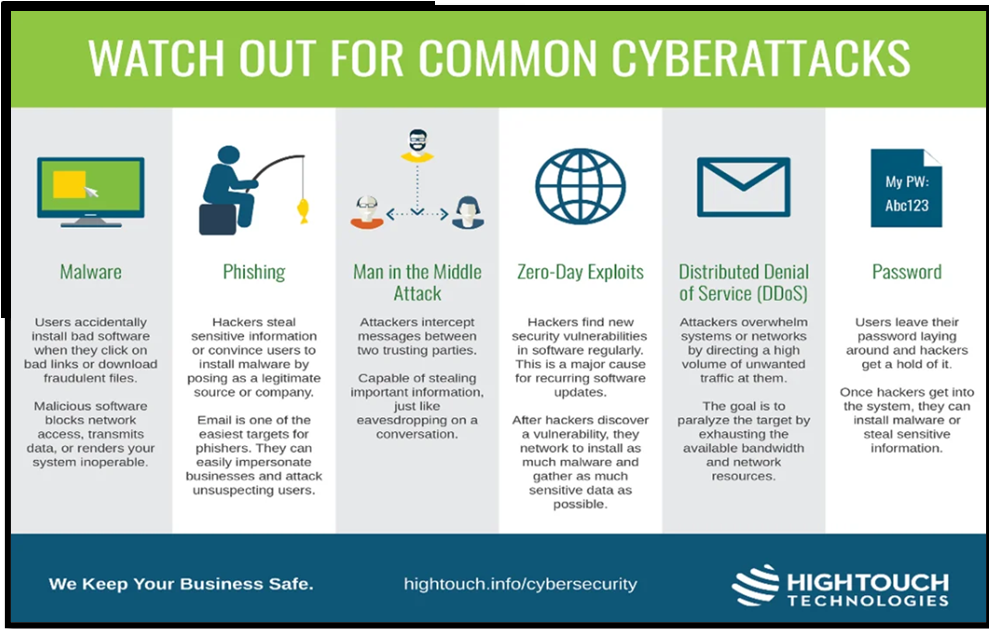THE DRUMS OF US-CHINA CYBER WAR
Syllabus:
GS 2:
- Bilateral, regional and global groupings and agreements involving India and/or affecting India’s interests.
Focus:
- FBI Director Christopher Wray recently escalated the United States’ stance against China by highlighting the increased risk of Chinese cyberattacks.
Source:- MSSP
About
Congressional Testimony Highlights
- Date of Testimony: January 31
- Focus: Increased alert over Chinese hacking activities.
- Specific Threat: Volt Typhoon, a Chinese state-sponsored hacker group, poses a significant risk to US infrastructure sectors such as telecommunications, energy, transportation, and water.
Media Coverage and Public Reaction
- New York Times Coverage: Front-page stories emphasized the urgency of Wray’s warnings.
- Joint Report: Follow-up by the FBI, CISA, and NSA provided detailed insights into the Volt Typhoon threat.
- Network Outage Incident: A major cellular network outage on February 22 heightened cybersecurity concerns.
Contextual Analysis of Wray’s Warning
- Conditional Threat: Wray suggested China’s cyber activities aim to “preposition” for potential future conflicts, indicating a strategic rather than immediate threat.
- Comparison: Wray’s speculative stance on China’s intentions contrasts with direct military actions, like Russia’s pre-invasion positioning against Ukraine.
Skepticism and Historical Precedents
- Reliance on Circumstantial Evidence: The U.S. government’s warnings about China’s cyber intentions are based on speculative assessments rather than concrete proof of imminent attacks, mirroring past instances where policy was guided by presumptive threats.
- Comparison to Iraq War Justifications: The situation recalls the early 2000s when the U.S. acted on flawed intelligence about weapons of mass destruction in Iraq, leading to a conflict based on incorrect premises.
- US’s History of Cyber Operations: The critique of Chinese cyber activities overlooks the U.S.’s own engagement in cyber operations, such as deploying the Stuxnet virus against Iran’s nuclear facilities in 2010, highlighting a potential double standard in international cyber norms.
- Presuppositional Resonance: The current narrative around China’s cyber capabilities and intentions may reflect a broader tendency to justify policy decisions with tangential or circumstantial information, a concept described as “presuppositional resonance” in political discourse.
Implications for US-China Relations
- Surveillance and Partnership Incidents: Recent occurrences, including the surveillance balloon episode and China’s alliances with nations like Russia, heighten the narrative of an impending cyber conflict, contributing to deteriorating bilateral relations.
- Risk of a Cyber-Driven Cold War: The emphasis on cyber threats, underscored by Wray’s cautions and subsequent political reactions, indicates an increasing possibility of a new Cold War era, characterized by cyber and technological confrontations rather than traditional military engagements.
- Impact on Diplomatic Engagements: The focus on cybersecurity concerns and speculative threats could hinder diplomatic efforts and dialogue, limiting opportunities for cooperation and potentially closing avenues for de-escalation.
- Technological and Trade Restrictions: The U.S.’s continued imposition of restrictions on Chinese access to advanced technology, fueled by cybersecurity fears, may not only strain relations further but also impact global supply chains and technological development.
- Need for Strategic Reassessment: The escalating rhetoric and actions suggest an urgent need for both nations to reassess their strategic approaches to cybersecurity, with an emphasis on establishing norms and channels for communication to mitigate misunderstandings and avoid unintended escalations.
The situation underscores the need for cautious diplomacy and a strategic reassessment of US-China cybersecurity and geopolitical strategies to mitigate the risk of escalation.
| How have China-US relations been in Recent Years?
· Trade War Escalation: The US has initiated a trade war with China, imposing tariffs and sanctions that have heightened economic tensions between the two superpowers. · Targeting of Chinese Tech Firms: American policies have increasingly targeted Chinese technology companies, citing national security concerns, which has contributed to the growing rift. · Territorial and Human Rights Issues: The US has openly challenged China’s territorial claims and criticized its human rights record, especially concerning the treatment of ethnic minorities in Xinjiang and the suppression of freedoms in Hong Kong. · Strained Yet Multifaceted Relations: Despite these areas of contention, the US has sought to maintain channels for cooperation on global issues like climate change, highlighting a complex relationship characterized by both competition and collaboration. |
| India’s Preparedness
· Banning of Unsafe Apps: India has prohibited apps, primarily of Chinese origin, identified as posing security threats to its citizens. · National Cybersecurity Strategy: India is awaiting a comprehensive plan to prepare for and address cyber-attacks, covering pre, post, and during attack scenarios. · Indian Cyber Crime Coordination Centre (I4C): Established in 2018, it serves as the apex coordination center to combat cybercrimes. · Evolving Technology: Continuous advancements in technology prompt cyber attackers to develop novel methods to disrupt systems. · CERT-In (Cyber Emergency Response Team, India): Operated by the Ministry of Electronics and Information Technology, it is the nodal agency addressing cybersecurity threats such as hacking and phishing, strengthening the defense of India’s Internet domain. ·National Cyber Security Policy, 2013: This policy outlines the strategic direction for safeguarding the national cyberspace. · Cyber Swachhta Kendra: Launched in 2017, it assists users in analyzing and maintaining their systems free from viruses, malware, Trojans, etc. · Cyber Surakshit Bharat: Initiated in 2018 by the Ministry of Electronics and Information Technology, it aims to raise awareness about cybercrime and enhance safety measures for government departments’ Chief Information Security Officers (CISOs) and frontline IT staff. · Cyber Warrior Police Force: Established in 2018, it operates similar to Central Armed Police Forces, focusing on combating cyber threats. · Personal Data Protection Bill: This bill mandates private companies to bolster data infrastructure to safeguard individuals’ data. · Information Technology Act, 2000 (Amended in 2008): The primary law governing cybercrime and digital commerce in India. · National Critical Information Infrastructure Protection Centre (NCIIPC): Created under Section 70A of the IT Act 2000, it’s tasked with safeguarding cyberinfrastructure. |
Source:
https://www.financialexpress.com/opinion/the-drums-of-us-china-cyber-war/3408453/
Mains Practice Question:
Examine the implications of cybersecurity threats like the Volt Typhoon on international relations, specifically focusing on the US-China dynamics. Discuss how these threats could potentially reshape global cyber policies and diplomacy.





